Table of Contents
ToggleIntroduction DevOps has become a central philosophy in modern IT and software development, blending development (Dev) and operations (Ops) to enable faster, more reliable, and more efficient workflows. To fully appreciate DevOps’ value, it is important to trace its origins, evolution, and impact. This article provides an insightful dive into the history of DevOps, exploring how it emerged, evolved, and continues to shape the future of IT and software development.
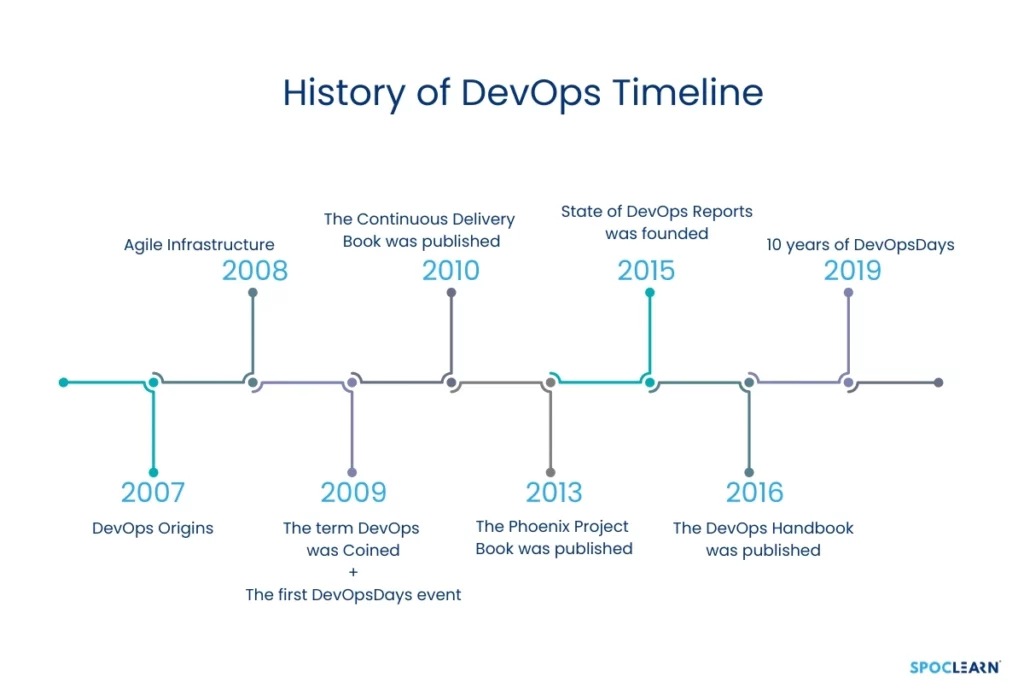
The Roots of DevOps
The story of DevOps begins in the early 2000s. The traditional model of software development, often called the “waterfall model,” was structured in silos. Developers would create software and then pass it to operations for deployment. This process was slow and prone to errors. Developers and operations teams worked separately, leading to a gap in communication and understanding, which resulted in delays, bugs, and frustrations.
A series of technological and cultural shifts in the 2000s began to pave the way for what would later become DevOps.
1. Agile Methodology (2001)
The Agile Manifesto, published in 2001, became a catalyst for change in how software was built. Agile emphasized iterative development, collaboration between teams, and customer feedback, which aligned well with the DevOps mindset. The goal was to build, test, and deliver software faster and with fewer errors by breaking down traditional silos between teams.
2. The Emergence of Lean Thinking
Borrowed from manufacturing, lean thinking focused on eliminating waste and improving flow. Concepts such as continuous improvement and reducing bottlenecks were foundational to what would eventually become key DevOps principles. The philosophy of lean, combined with Agile, provided a template for how to streamline the development process.
The Birth of DevOps (2007-2009)
DevOps as a term was coined in 2009, but the movement began a couple of years earlier. Several industry leaders recognized the need for better collaboration between development and operations teams. Patrick Debois, often referred to as the “father of DevOps,” was among those at the forefront of this realization.
1. The Velocity Conference (2009)
In 2009, the concept of DevOps gained traction at the Velocity Conference, where John Allspaw and Paul Hammond gave a now-legendary talk titled “10 Deploys Per Day: Dev and Ops Cooperation at Flickr.” Their presentation illustrated how cooperation between development and operations teams allowed Flickr to deploy code to production multiple times a day, a stark contrast to the monthly or even quarterly releases that were the norm for many organizations at the time.
2. The First DevOps Days (2009)
Following the Velocity Conference, Patrick Debois organized the first “DevOpsDays” in Belgium. This event brought together developers and operations professionals to share their experiences and insights into breaking down the barriers between their teams. The term “DevOps” was formally introduced, and the movement quickly spread globally.
The DevOps Movement Gains Momentum (2010-2014)
As DevOps took root, more organizations began to adopt its practices. The rise of cloud computing and automation tools further fueled the growth of the DevOps movement. The need for faster, more reliable deployments led to the creation of new tools and practices designed specifically for DevOps workflows.
1. The Rise of Continuous Integration (CI) and Continuous Delivery (CD)
One of the most significant advancements during this time was the adoption of CI/CD pipelines. Tools like Jenkins, Travis CI, and CircleCI enabled developers to integrate code continuously and deploy it automatically. CI/CD pipelines became a key enabler of DevOps by automating the process of testing and deploying code, reducing errors, and increasing speed.
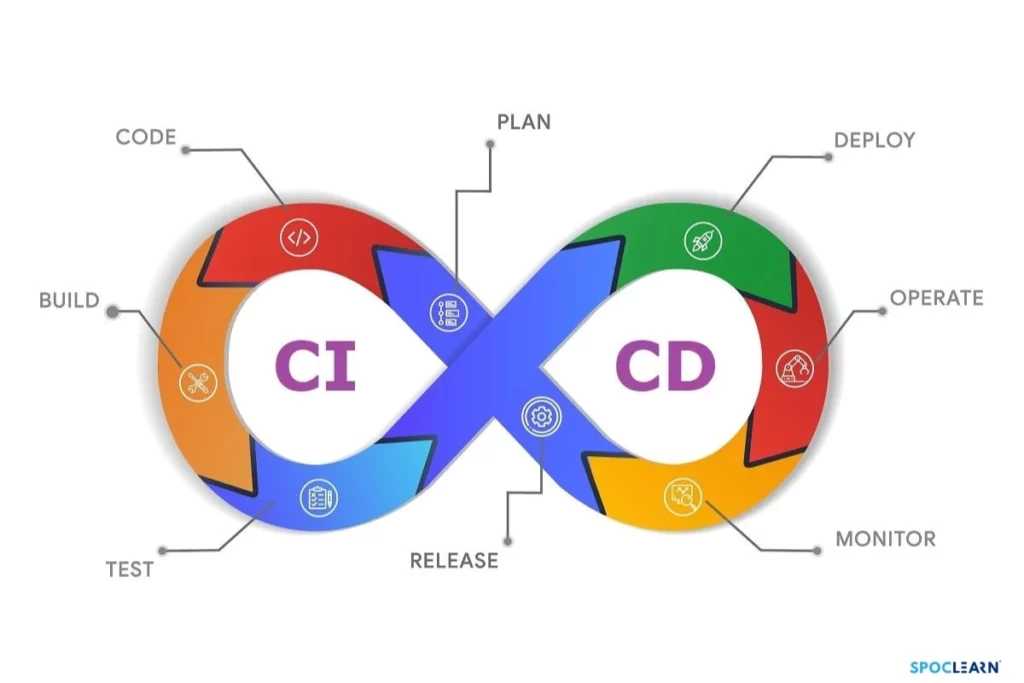
2. Infrastructure as Code (IaC)
Another major advancement was the adoption of Infrastructure as Code (IaC). Tools like Chef, Puppet, and Ansible allowed operations teams to manage infrastructure programmatically, making it easier to scale, deploy, and maintain environments. This marked a departure from the manual configuration processes that had dominated the industry for decades.
3. Cloud Computing
Cloud platforms like AWS, Microsoft Azure, and Google Cloud provided the elasticity and scalability needed for DevOps to thrive. The cloud-enabled teams to spin up environments in minutes, automate infrastructure, and scale their operations more easily, further bridging the gap between development and operations.
The Modern DevOps Era (2015-Present)
By 2015, DevOps had transformed from a niche concept into a mainstream philosophy. It became integral to organizations looking to accelerate their software delivery and respond quickly to market demands.
1. The DevOps Toolchain
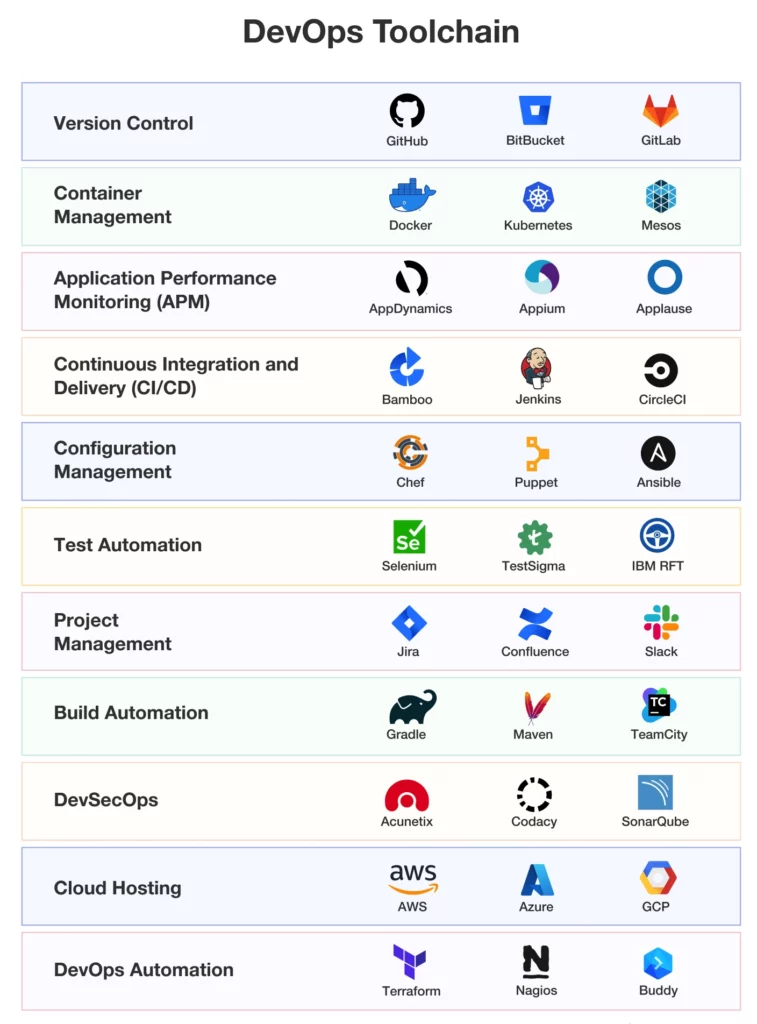
As DevOps practices matured, a wide array of tools emerged to support various stages of the DevOps lifecycle, including:
- Version control systems like Git and GitHub.
- CI/CD tools such as Jenkins, CircleCI, and TravisCI.
- Containerization technologies like Docker and Kubernetes enabled consistent environments from development through production.
- Monitoring and observability tools like Prometheus, Grafana, and ELK stack.
These tools became indispensable for implementing DevOps practices effectively, allowing teams to automate everything from testing to deployment and monitoring.
2. DevOps and Security: DevSecOps
As the DevOps movement matured, security emerged as a critical concern. Enter DevSecOps, a variation of DevOps that emphasizes integrating security practices into the DevOps pipeline. DevSecOps ensures that security is not an afterthought but rather a fundamental part of the software development lifecycle.
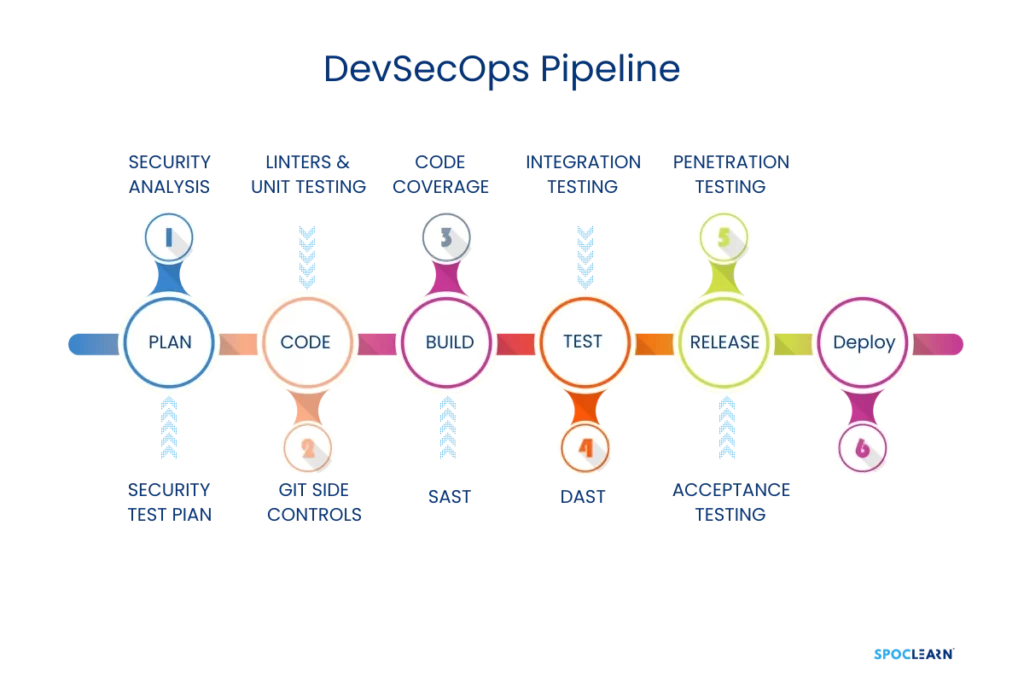
3. Cultural Shifts and Leadership Buy-in
As DevOps practices became more established, organizations recognized that DevOps is not just about tools—it’s about culture. Successful DevOps implementations require strong leadership, collaboration, and a culture that encourages experimentation and learning from failure. The emphasis shifted towards creating a “blameless culture,” where teams focus on resolving issues collaboratively rather than assigning blame.
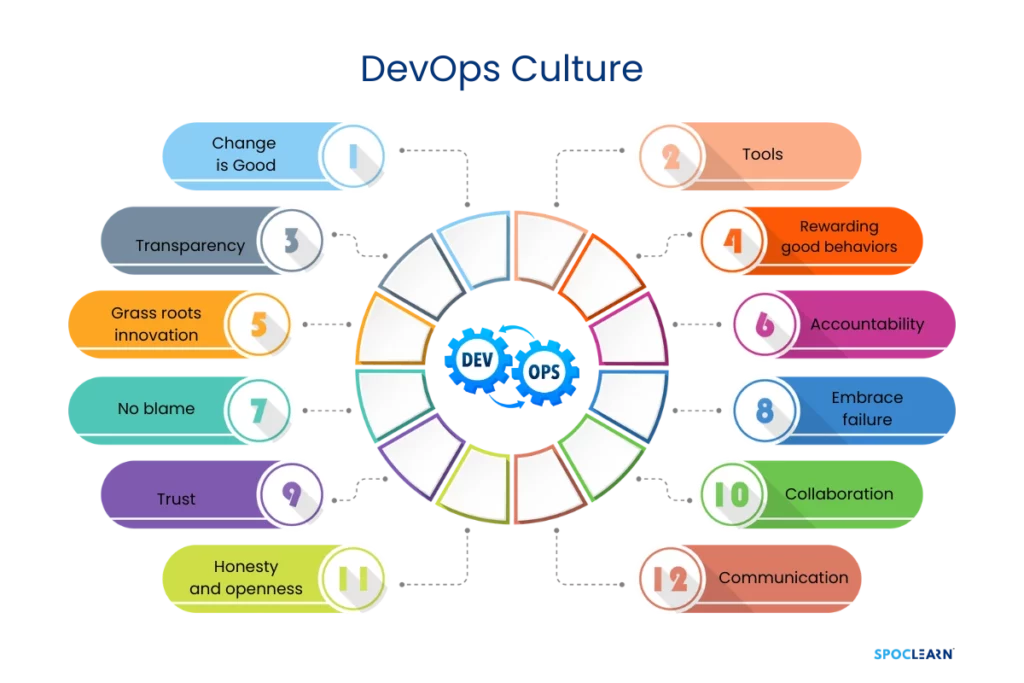
The Future of DevOps
Looking ahead, DevOps is set to continue its rapid evolution. Some key trends include:
1. Artificial Intelligence and Machine Learning
AI and ML are beginning to play a larger role in DevOps. Predictive analytics and AI-driven automation tools will help teams identify issues before they occur and make proactive adjustments to optimize performance.
2. Edge Computing
With the rise of edge computing, fast, reliable deployments will become even more critical. DevOps practices will continue to evolve to support the deployment of applications at the edge, ensuring consistent performance across distributed environments.
3. The Continued Rise of DevSecOps
As cyber threats continue to evolve, DevSecOps will become more integral to DevOps practices. Automating security testing and integrating security checks into CI/CD pipelines will be essential for ensuring robust, secure applications.
Conclusion
The history of DevOps is a testament to the power of collaboration, automation, and continuous improvement. DevOps has revolutionized how software is built, tested, and deployed, from its roots in Agile and lean thinking to its widespread adoption across industries. As organizations continue to embrace digital transformation, DevOps will remain a cornerstone of successful IT operations, driving innovation and efficiency for years.
